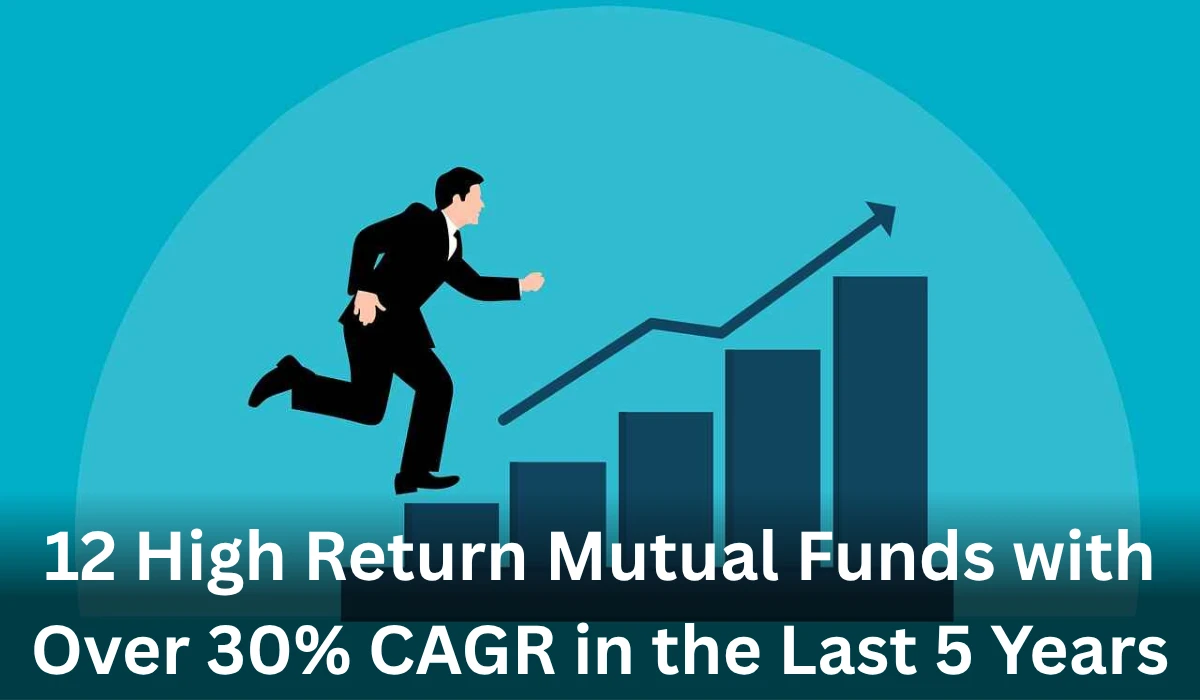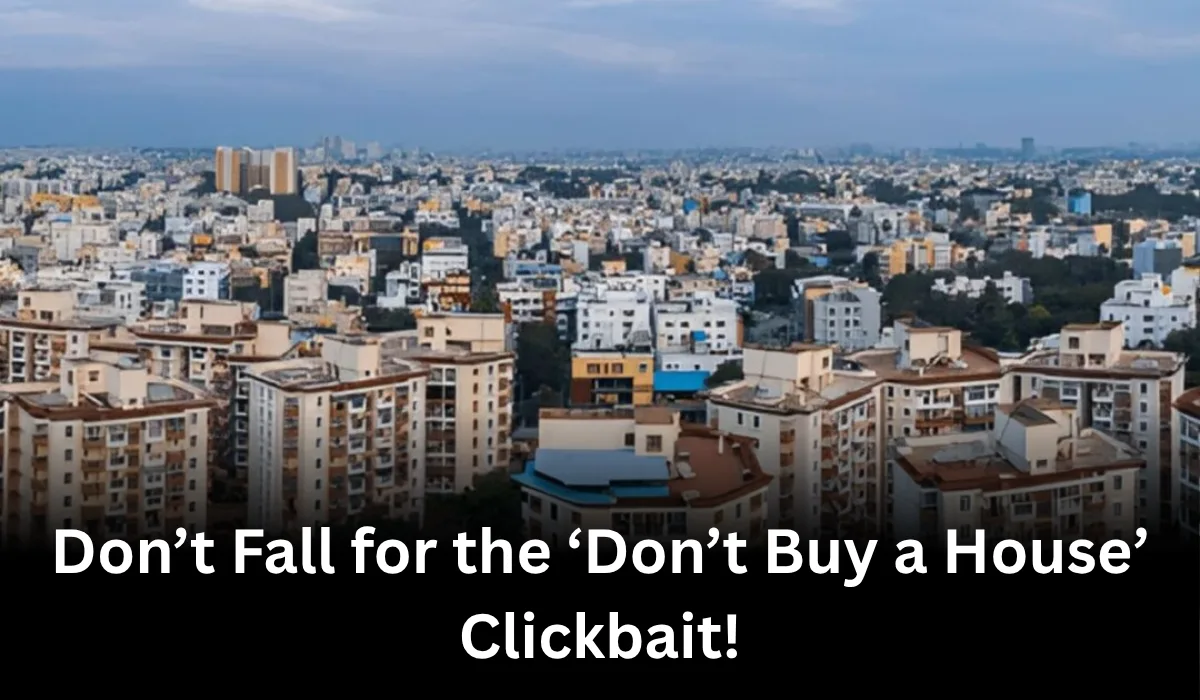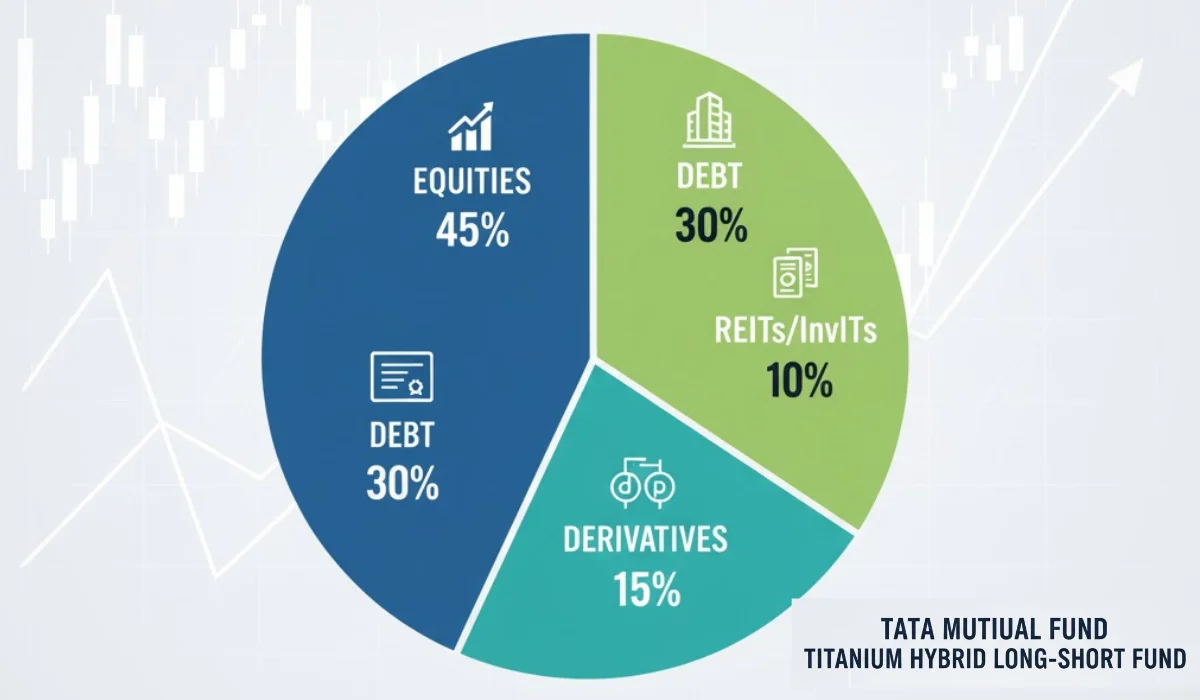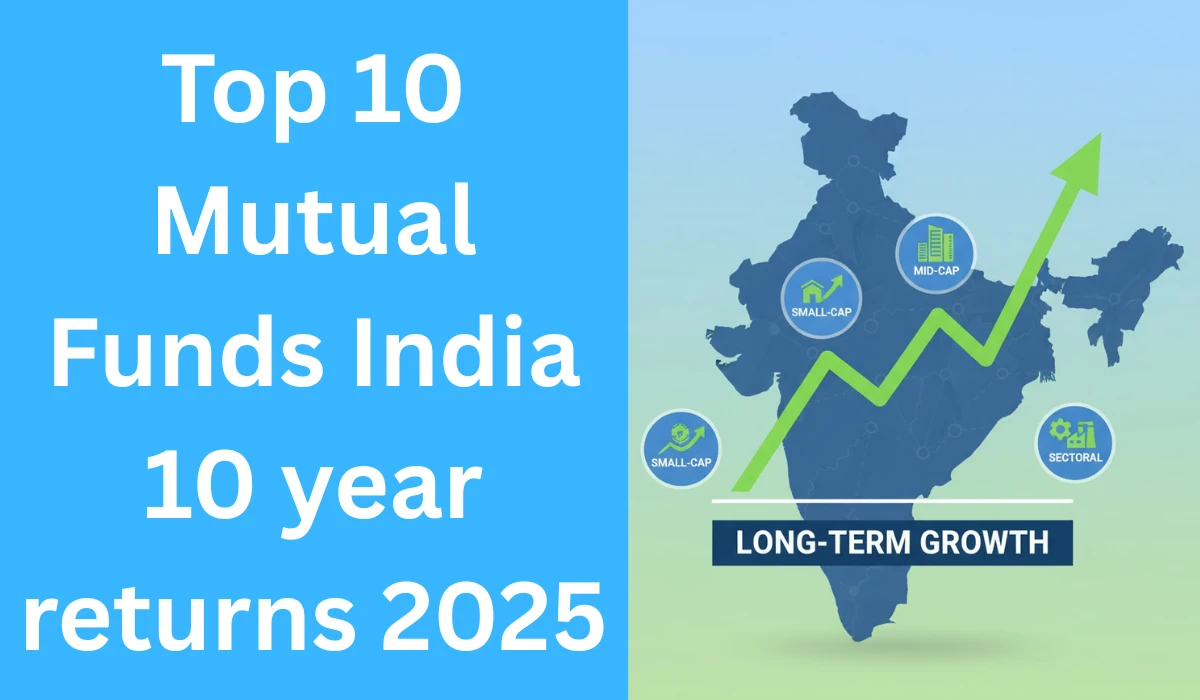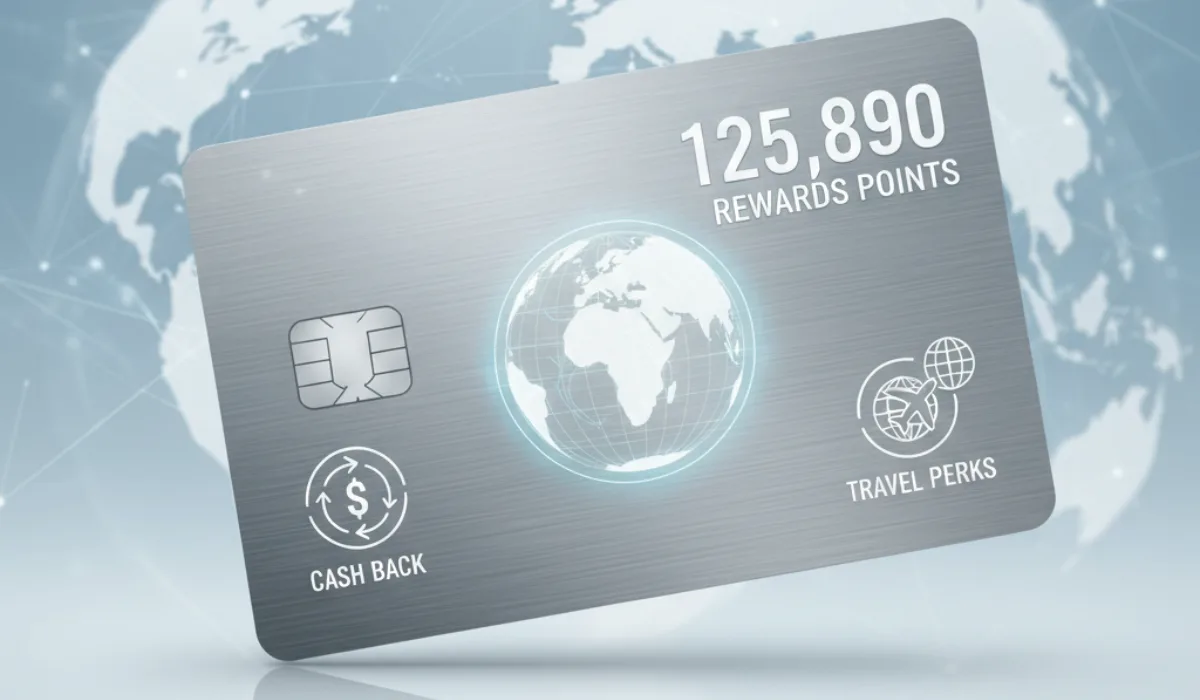The Rise of Instant Loans in India's Digital Economy
India's digital lending landscape has expanded rapidly in 2025. With smartphone penetration exceeding 800 million users, instant loan apps now handle over 40% of personal credit disbursals. RBI data shows unsecured loans grew 25% year-on-year, driven by gig workers and young professionals facing cash crunches.
These loans suit urgent needs like medical bills or travel, offering funds in minutes without collateral. However, the sector's growth invites risks. RBI reported over 600 fraudulent apps in 2024, leading to stricter 2025 guidelines on data privacy and fair practices.
Borrowers must prioritize regulated lenders to avoid pitfalls. The Digital Lending Directions, 2025, mandate clear disclosures and grievance redressal, empowering users. This framework ensures loans remain accessible yet secure.
Understanding RBI's 2025 Framework for Instant Lending
The Reserve Bank of India (RBI) updated its digital lending rules on May 8, 2025, targeting transparency and borrower protection. Key changes include mandatory Key Fact Statements (KFS) before disbursal, capping loan-to-income ratios at 50%, and banning unsolicited offers.
All lenders—banks, NBFCs, and apps—must register and display grievance officers' contacts. Credit information updates now occur bi-monthly, on the 15th and month-end, aiding faster eligibility checks. These measures curb predatory practices, like hidden fees exceeding 36% APR.
For instant loans, RBI emphasizes no third-party disbursals and full consent for data access. Violations lead to app bans, with Google removing 250+ illicit platforms by mid-2025. Compliant lenders, like those partnered with Bajaj Finserv or IDFC FIRST Bank, build trust through adherence.
This regulatory push aligns with India's financial inclusion goals. Over 150 million new borrowers accessed formal credit in 2024, and 2025 trends suggest continued growth for ethical providers.
Criterion 1: Verify Licensing and RBI Registration
Licensing forms the bedrock of safe borrowing. RBI mandates that all instant loan providers operate as registered banks or NBFCs. Unlicensed apps evade oversight, risking data breaches and illegal recovery tactics.
To check: Visit RBI's Sachet portal or the lender's site for the registration number. For apps like MoneyView or CASHe, confirm partnerships with entities like Aeries Capital. In 2025, over 70% of top apps link to verified NBFCs, per RBI audits.
Licensed lenders follow fair practices codes, limiting calls to 8 AM-7 PM and prohibiting intimidation. This protects vulnerable users, especially in rural areas where digital literacy lags.
Factual insight: RBI's 2025 crackdown banned 400+ apps, recovering ₹500 crore for victims. Opting for licensed options minimizes fraud exposure.
Background on NBFC Roles in Instant Lending
NBFCs drive 60% of instant loans in 2025, offering agility banks lack. Regulated under RBI's Master Direction, they must maintain 125% risk weights on unsecured loans, ensuring stability.
Major players like Bajaj Finance and Hero FinCorp hold NBFC-P2P licenses, enabling peer-to-peer models with low defaults. Their tech integrates UPI for seamless disbursals, cutting times to under 10 minutes.
Unlike banks, NBFCs focus on underserved segments, using alternative data like GST filings for eligibility. This inclusivity boosted loan volumes to ₹2 lakh crore last fiscal.
However, choose NBFCs with clean records. RBI's 2025 list flags high-complaint entities, guiding informed choices.
Criterion 2: Assess Eligibility Criteria Thoroughly
Eligibility sets the approval tone. Most lenders require Indian citizenship, ages 21-60, and minimum monthly income of ₹15,000-₹25,000, varying by city. Salaried applicants need stable employment; self-employed, ITR proofs.
Credit scores matter: CIBIL 650+ unlocks better rates, but apps like mPokket approve lower scores via social scoring. Debt-to-income under 50% is RBI-mandated, preventing over-borrowing.
Pre-check via apps' eligibility tools saves rejections. For instance, Fibe assesses in 2 minutes using PAN/Aadhaar. In 2025, 30% approvals stem from accurate pre-assessments, per Fintech Association data.
Meeting criteria not only speeds processes but lowers rates by 1-2%, compounding savings over tenure.
Variations in Eligibility Across Lender Types
Banks like HDFC demand 700+ CIBIL and salary slips, suiting high-earners. NBFCs, via apps like PaySense, relax to 600+ scores, targeting gig economy workers.
Digital lenders use AI for holistic views, factoring utility payments. This democratizes access: 2025 saw 20 million first-time borrowers, mostly via NBFC apps.
Self-employed? Expect 2-year vintage proofs. Women-led households gain from schemes like Stand-Up India, integrated in apps.
Tailor applications: Urban salaried favor banks; freelancers, NBFCs.
Criterion 3: Evaluate Loan Amount Ranges
Loan limits match needs. Entry-level apps offer ₹5,000-₹50,000 for micro-emergencies; premium ones, up to ₹50 lakhs for major expenses.
In 2025, averages hover at ₹1-2 lakhs, per CRISIL reports. KreditBee caps at ₹5 lakhs; Bajaj Finserv extends to ₹55 lakhs for established users.
Scalability matters: Start small to build history, unlocking higher limits. RBI's 50% income cap ensures sustainable borrowing.
Choose flexibly: mPokket suits students (up to ₹30,000); MoneyTap, professionals (₹3 lakhs+).
Sector-Specific Loan Ranges in 2025
Microloans (₹1,000-₹10,000) dominate student apps like Pocketly, with 15% growth. Mid-range (₹50,000-₹5 lakhs) fuels 70% disbursals via IDFC FIRST Bank.
High-value suits home upgrades, via ICICI's ₹50 lakhs cap. Trends show 40% rise in education loans post-RBI easing.
Align with goals: Emergency? Low-end. Investment? High-end.
Criterion 4: Prioritize Speed of Approval and Disbursal
Time is essence. Top lenders approve in 2-5 minutes, disbursing via IMPS/UPI in 10-30 minutes. RBI's 2025 rules mandate same-day for digital KYC.
Apps like LazyPay hit 5-minute highs; banks like IndusInd, 30 minutes for pre-approved. Delays signal red flags.
2025 stats: 80% loans under 1 hour, per RBI. Faster equals lower stress for urgencies.
Opt for verified apps; avoid "zero-check" promises, often scams.
Technological Advances in Disbursal
AI streamlines: Facial recognition cuts KYC to seconds. UPI 2.0 enables instant credits, even weekends.
NBFCs lead: Hero FinCorp averages 15 minutes. Banks lag slightly but offer reliability.
Monitor: Post-approval trackers in apps like Navi provide real-time ETAs.
Criterion 5: Compare Interest Rates and APR
Rates dictate costs. 2025 averages: 9.99%-36% p.a., per Forbes. Banks start at 10%; NBFCs at 12-18% for low scores.
APR includes fees, revealing true cost—e.g., 11% rate + 2% fee = 13.5% APR. Use calculators: ₹1 lakh at 12% over 12 months costs ₹8,660 interest.
Shop: IDFC at 9.99%; higher-risk apps at 24%. RBI caps effective rates at 36%.
Fixed vs. floating: Fixed suits predictability; repo-linked, potential savings if rates fall.
Factors Influencing 2025 Rates
Credit drives: 750+ gets 10%; below 650, 20%+. Income, tenure affect too—shorter loans, lower rates.
RBI's bi-monthly updates aid timely refinancing. Trends: Rates dipped 0.5% post-monsoon easing.
Criterion 6: Scrutinize Processing Fees and Charges
Fees add up. Processing: 1-5% + GST (₹500-₹10,000 on ₹2 lakhs). Late penalties: 2-4% per EMI.
RBI 2025 bans upfront fees beyond processing; no surprises. Check KFS for bounces (₹500-₹1,000).
Waivers: SBI zero till Jan; IndusInd 2%. Total cost: Factor into APR.
Transparent lenders list all; avoid hiders.
Hidden Charges to Watch
GST on fees: 18%, inflating 2% to 2.36%. Prepayment: 2-4% if under 6 months.
2025 RBI: No penalties on floating rates post-Jan 2026. Annual maintenance: Rare, but ₹500-₹1,000.
Budget: Fees can add 10% to small loans.
Criterion 7: Seek Repayment Flexibility
Ease burdens. Tenures: 3-60 months; choose per cash flow. EMIs via auto-debit prevent misses.
Prepay: No charges on floating post-2026 RBI rule. Foreclosure: 1-2% max.
Apps like LoanTap allow EMI-free switches after 6 months. Rescheduling: Possible with fees.
Flexibility cuts defaults 15%, per 2025 studies.
Options for Varied Borrowers
Short-term: 3-6 months for microloans. Long: 36+ for big-ticket.
Gig workers: Flexible dates in PaySense. Families: Part-prepay in Bajaj.
RBI aids: No NPA till 90 days overdue.
Criterion 8: Demand Transparency in Terms
Clarity builds trust. KFS must detail APR, EMIs, penalties pre-acceptance.
2025 RBI: No auto-hikes; full visibility. Reliable apps show schedules upfront.
Red flag: Vague fine print. Legit ones, like Fibe, provide downloadable agreements.
Transparency reduces disputes 40%, per consumer forums.
Ensuring Informed Consent
Read: Terms on data use, recovery. 2025 rules: Explicit consent for calls.
Compare: Use aggregators like Paisabazaar. Sign digitally post-review.
Criterion 9: Test Customer Support Quality
Post-disbursal aid matters. 24/7 channels—chat, call, email—resolve queries fast.
Top apps: CASHe scores 4.5/5 on responsiveness. RBI mandates 30-day resolutions.
Test: Pre-apply chat. Avoid silent supports.
In 2025, AI bots handle 70% queries, but human escalation key.
Channels and Response Times
Apps: In-app chat (2-min replies). Phones: Toll-free, 9 AM-9 PM.
Forums: High-rated like MoneyTap average 4.2 stars. Track: Grievance IDs mandatory.
Criterion 10: Rely on Reviews and Ratings
Real feedback guides. Play Store: 4+ stars, 1 lakh+ downloads signal credibility.
Scan: Speed, fees, service. 2025: 65% users check reviews pre-download.
Cross-verify: Trustpilot, MouthShut. Ignore fakes—RBI flags manipulated ones.
Reviews predict satisfaction: High-rated apps default 5% lower.
Analyzing Review Trends
Positive: Quick disbursals in KreditBee (4.6/5). Negative: Hidden fees in unknowns.
Aggregate: Sites like BankBazaar compile. 2025 surge: Video testimonials.
Why Adhering to These Criteria is Crucial
Skipping checks invites traps: High APRs (up to 36%), harassment, data theft. 2025 saw ₹1,200 crore scam losses, per NCRB.
Compliant choices yield 20% savings, peace. RBI's protections amplify benefits.
Long-term: Builds credit for future lows.
Case Studies from Recent Reports
A Delhi borrower saved ₹5,000 via APR checks. Gig worker avoided scam spotting unlicensed app.
Trends: 50% regrets from haste, per surveys.
FAQs on Selecting Instant Loan Lenders
How do I spot fraudulent instant loan apps in 2025?
Download from official stores; verify RBI links. Avoid upfront fees, no-KFS apps. Report via RBI Sachet.
Why pre-check eligibility for instant cash loans?
Reduces rejections, saves time. Matches profiles to offers, boosting approvals 40%.
What if my credit score is low?
Apps like mPokket approve via alternatives. Improve via timely small loans.
Are zero-processing fees real?
Yes, promotional like SBI's. Verify terms; often limited.
How does RBI protect borrowers in 2025?
Via KFS, bi-monthly updates, no penalties on prepays. Grievance redressal mandatory.
Building a Secure Borrowing Strategy
Integrate criteria: Start with licensing, end with reviews. Use tools like EMI calculators.
2025 outlook: AI personalization rises, but vigilance key. Borrow responsibly—only needs.
Consult advisors for complexities. With diligence, instant loans empower, not ensnare.
Related Articles
Top 10 Personal Loan Apps in India for Fastest Disbursal10 Trusted Instant Loan Apps in India for Salaried Employees with Quick Approval Process
Top 10 Instant Cash Loan Apps in India Without Salary Proof
Top 10 RBI Approved Loan Apps in India You Can Trust
Types of Personal Loans in India: Everything You Need to Know
Discover India’s Best NBFCs for Easy and Fast Personal Loans
How Does Age Affect Your Personal Loan Eligibility?
Top 5 Myths About Personal Loan Recovery in India
Loan Settlement vs Loan Closure: Key Differences, Rules & Impact 👉 To see amazing offers from 'Smart Deals' for shopping Click here



